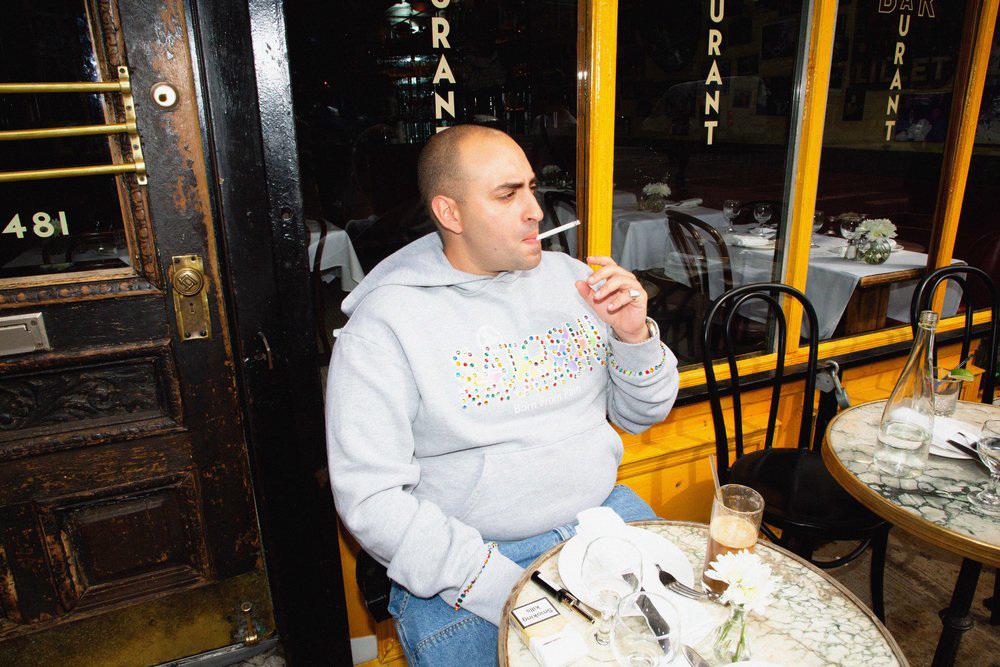
Among the great bistros and boîtes the world over, a few loom especially large in the art world for the outsized roles they play in the lives of artists, dealers, collectors, and writers. For CULTURED's first Art and Food issue, gourmand-gossips Nate Freeman and Benjamin Godsill spoke with a few of the masterminds behind these establishments to chat about what makes a good art restaurant, what artists and chefs have in common, and how to stay classic amid an ever-changing cultural landscape.
Walk into Lucien, a French bistro that has sat on the corner of First Street and First Avenue since the ’90s, and the first thing you’ll notice—after the ballet of servers weaving through chic clientele while balancing ramekins of onion soup and paper cones of steaming hot fries—is the number of photographs on the walls.
The pictures feature countless illustrious notables who happen to be regulars—Ryan Gosling, Daniel Radcliffe, Lady Gaga, Bono, even Ralph Nader. But the pictures treat artists, art dealers, and curators as real celebrities. Situated among images of Dash Snow and Richard Prince, there’s an epic shot of Rudolf Stingel and Spencer Sweeney sandwiching Urs Fischer in a booth and ripping off the buttons of his shirt. There are also writers: Eileen Myles, Christopher Hitchens, and the art critic Carlo McCormick. Michael Stipe is up there, and so is Jim Jarmusch.
Two photos are particularly memorable. One shows Jonas Mekas—the godfather of avant-garde cinema in America, who co-founded Anthology Film Archives in a former courthouse a block away—lifting his glass for a toast surrounded by friends (including his art dealer, James Fuentes).
Another features Ai Weiwei, sitting by art dealer Nicholas Logsdail, who founded Lisson Gallery in 1967, and his son Alex (the gallery's current CEO). It was taken in the fall of 2016—days before the election—during one of Ai’s first trips to the States after Chinese authorities revoked and then reinstated his passport. One of his first stops in town, Alex Logsdail remembers, was Lucien. It was the spot. Nate knows this because he happened to be sitting solo at the bar that fateful night. Ai generously invited the young writer to join his table, and a feast ensued.
Both of us have eaten at Lucien thousands of times—it’s through these endless stories of nights spent dining with art community luminaries that a clear picture of the place emerges. Founded in 1998 by Lucien Bahaj, who cut his teeth in kitchens across the South of France, the restaurant immediately became a beacon for artists, many of whom Bahaj had befriended through previous gigs at Indochine and Canal Bar. Bahaj would settle at a table in the front of the restaurant, invite guests to join him, and put the food and drink on his tab, asking for nothing but conversation in return.
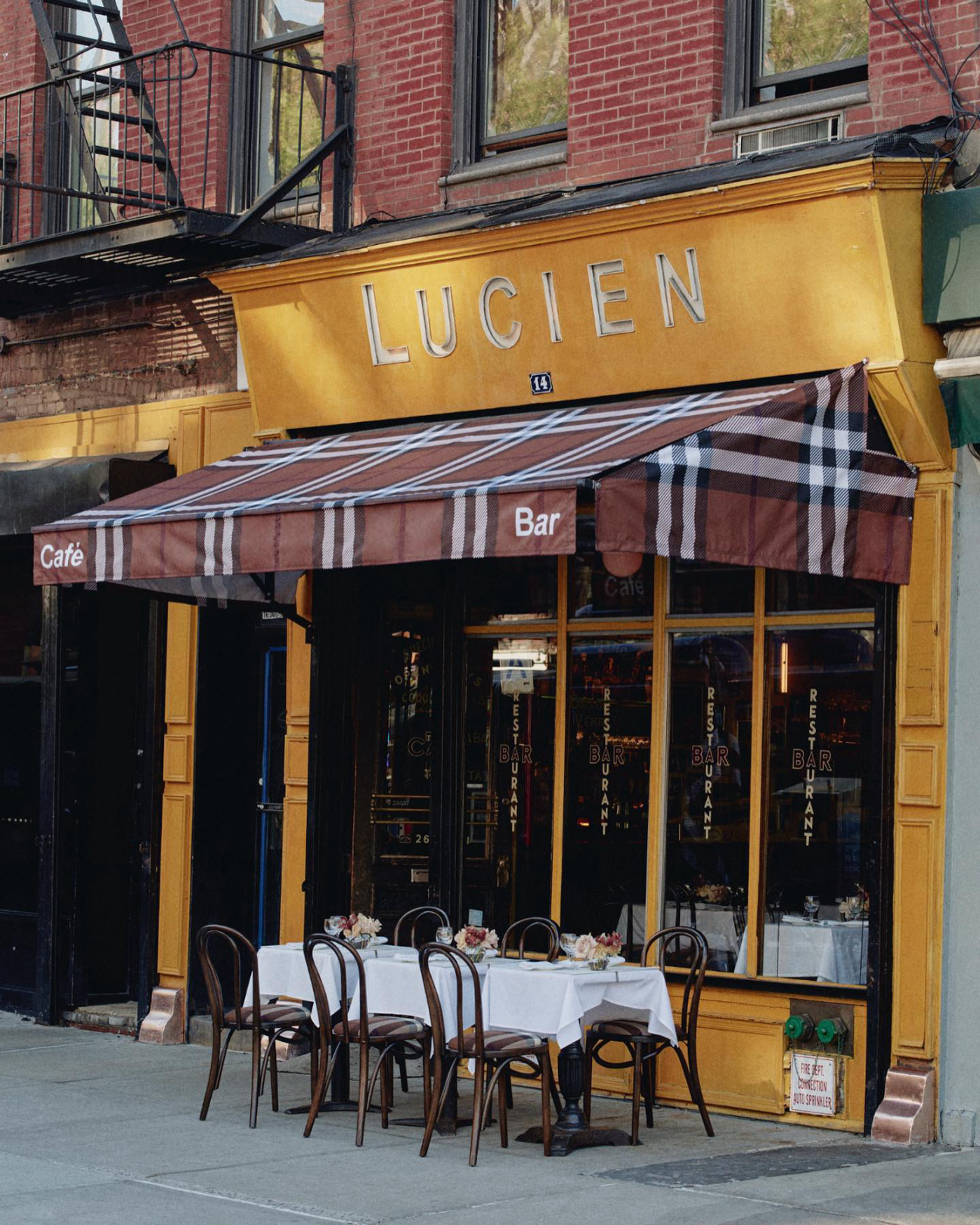
By the mid-2000s, the neighborhood was teeming with galleries new to the scene: Participant Inc., Reena Spaulings Fine Art, Miguel Abreu, Canada, Rivington Arms, and so many others—some still around and some gone. When the New Museum opened its new tower on the Bowery in 2007, Lucien was the post-show boîte of choice, with suppers stretching late into the night. The artists, however, are there all the time. Walk in for an early drink at 4 p.m., and you might see Sarah Morris, Sam McKinniss, or Performa founder RoseLee Goldberg, who commandeers the booth by the window every time.
There’s a reason everyone has come back to Lucien over the decades, even after dalliances with other establishments. You could go to the newly opened, impossible-to-get-into joint where odds are, you’ll run into a few collectors or artists who also want to check out the new kid in town (and be seen landing a table that requires serious hoop-jumping). You could be forgiven for sneaking off for a steak at one of those SoHo spots famous for their filets—three-hour waits for bar seats and tables snapped up on Resy a month in advance.
Lucien doesn’t have Resy. It hardly even has a website. You could call to make a reservation, but there’s a better way to get your name in the book: Walk into the restaurant in the afternoon and make a reservation in person. We’ve booked tables months in advance. Or, you can show up and hope there’s an open table or bar seat—perhaps next to an art dealer fresh off a flight from Stockholm, bag tucked beneath a chair. This happened to Nate a few weeks back.
The cuisine, too, is decidedly old school, and the menu rarely changes. (A burger was introduced at one point, and it remains off-menu.) No one has a problem with this. The food is perfect. Meals begin with oysters, paté, snails, and an ingenious spin on shrimp cocktail, cocktail de crevettes grillées à la Marocaine—the shelled things are spiced up and fired on the grill, like they are in Saint-Tropez, in the style of a Moroccan chef who brought the recipe up via the Balearic Sea.
Mains are split into three categories (“Sea,” “Land,” “Air”), and from the kitchen pours an endless stream of steaks poivre, lobster fra diavolo linguine, poulet, and lapin à la moutarde.
We recently had lunch with the current proprietor, Lucien’s son Zac Bahaj, who has a wise policy of abstaining from interviews. But anyone can feel like part of the art world at Lucien. All you have to do is sit down and look at pictures on the walls.

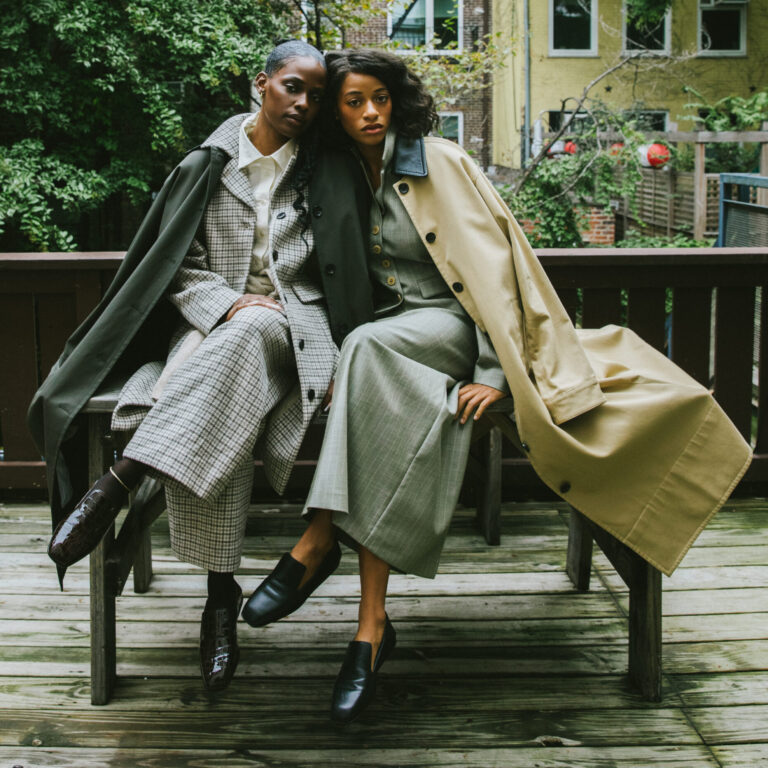
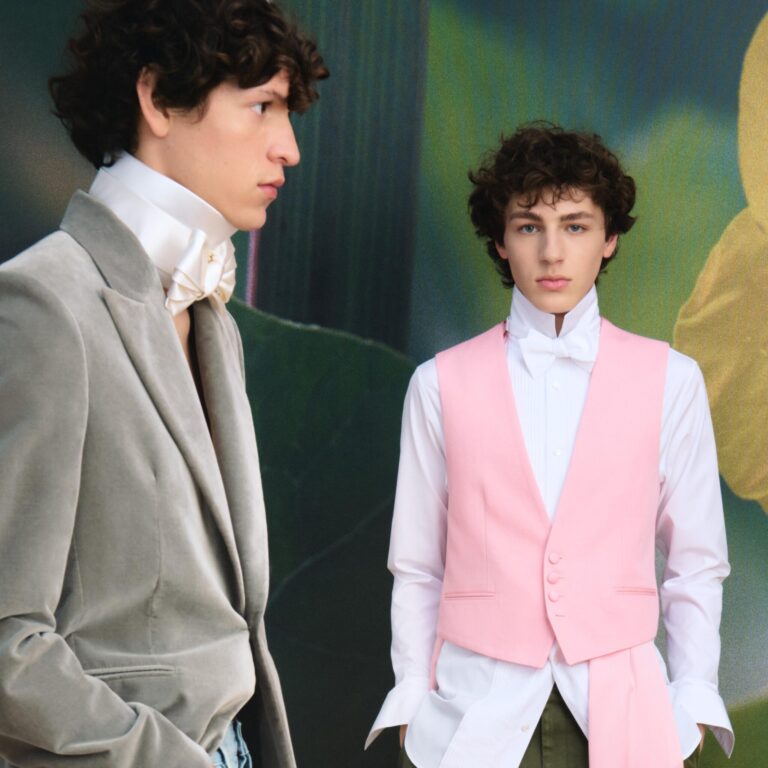

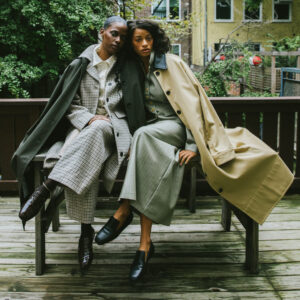
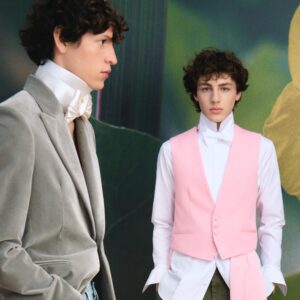
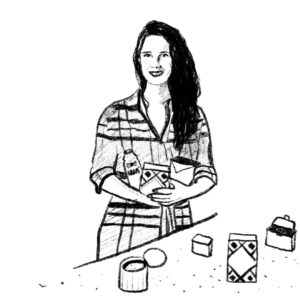



 in your life?
in your life?

